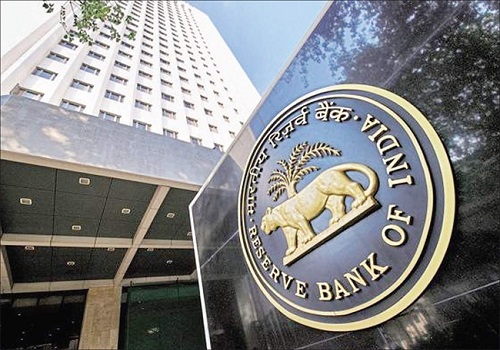RBI issues draft circular on expected credit loss framework

The Reserve Bank of India (RBI) has issued draft 'Reserve Bank of India (Scheduled Commercial Banks & All India Financial Institutions - Asset Classification, Provisioning and Income Recognition) Directions, 2025'. It has proposed to replace the incurred-loss-based provisioning framework with an expected credit loss (ECL) based provisioning to further strengthen credit risk management practices and promote greater comparability across financial institutions. The proposed guidelines are expected to enhance credit risk management practices and promote better comparability of reported financials across institutions. The draft also aims to align regulatory norms with internationally accepted regulatory and accounting standards. The introduction of staging criteria for asset classification under the ECL approach, while retaining the extant norms for non-performing asset (NPA) classification, is one key element of the proposed framework.
Alignment of the income recognition norms based on the Effective Interest Rate (EIR) method and broad principles on model risk management for implementing ECL models are other objectives behind changing the extant regulations. The RBI said that while the proposed directions are estimated to result in an additional one-time provisioning, the overall impact on the minimum regulatory capital requirements of banks is expected to be minimal, with all banks continuing to meet the requirements comfortably.
The proposed five-year glide path will further facilitate the transition in a non-disruptive manner. Announcing the fourth bi-monthly monetary policy of the fiscal earlier this month, RBI Governor Sanjay Malhotra said the ECL framework of provisioning with prudential floors is proposed to be made applicable to all Scheduled Commercial Banks (excluding Small Finance Banks (SFBs), Payment Banks (PBs), Regional Rural Banks (RRBs) and All India Financial Institutions (AIFIs) with effect from April 1, 2027.
In January 2023, the RBI came out with draft guidelines for the adoption of the expected credit loss approach for credit impairment. Under the ECL norms, banks would be required to classify financial assets (primarily loans, including irrevocable loan commitments, and investments classified as held-to-maturity or available-for-sale) into one of the three categories -- Stage 1, Stage 2, and Stage 3, depending upon the assessed credit losses on them at the time of initial recognition as well as on each subsequent reporting date and make necessary provisions.
























